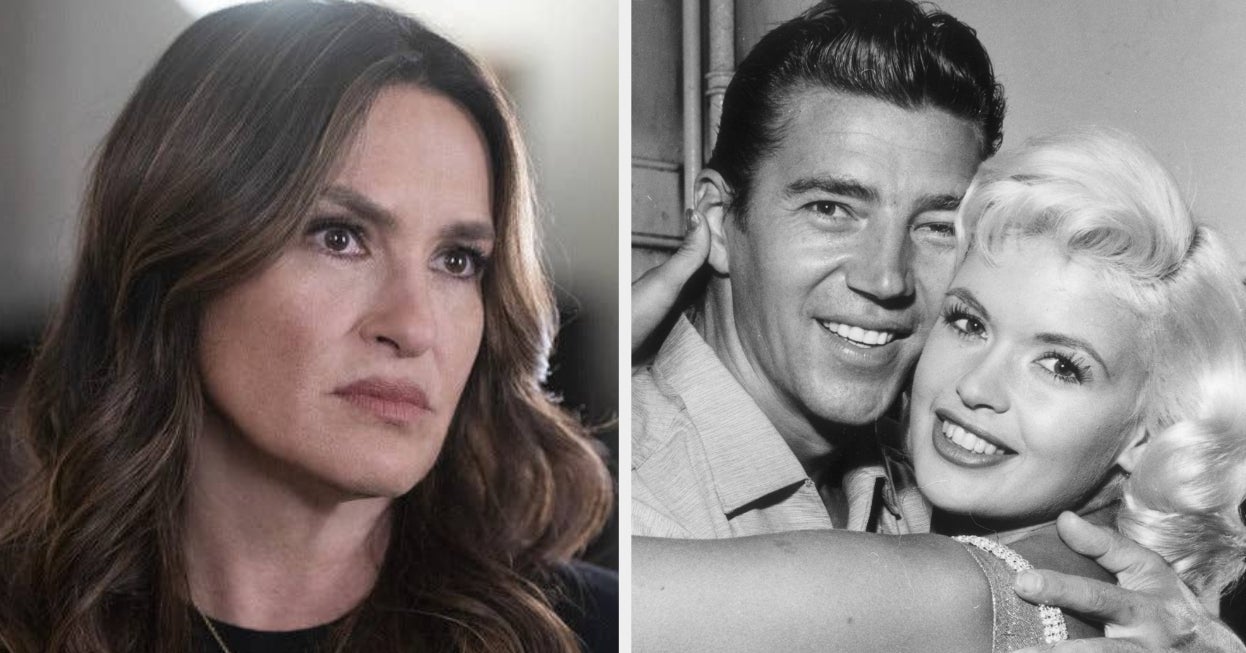During the #MeToo movement in 2017, Brie Miranda Bryant and her team at A+E Networks were tasked with making an hour-long roundtable documentary special about the awareness campaign.
As senior VP of Lifetime original programming, Bryant was told to make sure that the doc “echoed after the hour was done.”
“It was such a conundrum,” she says now. “I just thought… how?” So she called former Bunim-Murray Prods. CEO Gil Goldschein and asked him to pitch her a doc he thought she would never buy. That pitch turned out to be “Surviving R. Kelly.” The roundtable was canceled.
“Surviving R. Kelly,” which aired in January 2019, put Kelly’s victims on camera to detail the sexual abuse they claimed they endured at the hands of the singer. The original six-hour docuseries went on to win a Peabody and, ultimately, led to Kelly’s 30-year prison sentence.
The series, which snagged more than 26 million viewers, was the beginning of Lifetime’s documentary success story. Since “Surviving R. Kelly,” the network has greenlit and aired 13 docs that not only tap into the cultural zeitgeist but also instantly become watercooler sensations. This year, Lifetime has released four docuseries: Emmy contenders “Where Is Wendy Williams?” and “The Prison Confessions of Gypsy Rose Blanchard,” followed by June debuts “The Life & Murder of Nicole Brown Simpson,” “Gypsy Rose: Life After Lock Up.”
Melissa Moore served as exec producer on both “The Life & Murder of Nicole Brown Simpson” and “Prison Confessions of Gypsy Rose Blanchard,” a six-hour docuseries that featured Blanchard, a victim of Munchausen syndrome by proxy, who suffered horrific abuse and made national headlines for her role in her mother’s violent murder.
Moore spent seven years working to get the series made and knew there needed to be another doc about Blanchard despite the fact that “Mommy Dead and Dearest,” which chronicled her abuse, was made in 2017. Over years while Gypsy was serving in prison, we stayed in touch, and I started to realize that her story was just beginning because she was becoming her own person,” says Moore. “She was getting her own voice and learning who she was outside of the abuse, co-dependency and thumb of her mother. She was being raised by other inmates, so it was a coming-of-age story taking place in prison. I knew that there was a documentary there.”
Moore called Blanchard every week for years and recorded their conversations. Those talks were featured in the series, which premiered in January and reached 9.9 million viewers. She attributes the success to Blanchard’s unusual background.
“She’s unlike anybody we have seen,” says Moore. “She’s both a victim and a perpetrator, which conflicts with us as humans. She was raised by a master manipulator, and she used those manipulation tactics to survive with her mother. Then she had to shed those manipulation tactics to live in normal society, so I think that is what is fascinating. She survived a very abnormal life and is now trying to find a normal life.”
Bryant adds, “There is something about Gypsy that is extremely vulnerable, and she is extremely transparent with her circumstances.”
Moore says that tragic stories like Brown Simpson and Blanchard appeal to audiences because they offer hope.
“They show us that we are capable of overcoming tragedy and trauma,” says Moore. “In a way, these stories encourage us to keep going in our darkest moments.”
Just one month after “Prison Confessions of Gypsy Rose Blanchard,” Lifetime began airing “Where Is Wendy Williams?” The two-part series produced by Williams chronicles the former television host and radio star’s life following the end of her hit talk show. Filming took place during a period of time when Williams was placed under financial guardianship. The series, which was released shortly after Williams’ team announced that she had been diagnosed with primary progressive aphasia and frontotemporal dementia (FTD), drew more than 8.2 million viewers.

Designed as a follow-up to her 2021 documentary, “Wendy Williams: What a Mess” — which dove into her public divorce, apparent mental health crisis and other public mishaps — “Where Is Wendy Williams?” was highly criticized for exploiting her cognitive decline.
But despite the controversy surrounding the series, Bryant says she has no regrets about airing it.
“It was supposed to be the road back to the purple chair,” she says, referring to Williams’ seat on her talk show, “and it wasn’t that.”
Bryant adds, “But I wouldn’t change anything because I don’t think she would.”
“The Life & Murder of Nicole Brown Simpson” is sure to be another success story for Lifetime. The four part series tells the story of Brown Simpson, O.J. Simpson’s ex-wife, who he was accused of murdering 30 years ago. Like all Lifetime docs, “Life & Murder” is not only zeitgeisty, but it also features numerous revelations that led to plenty of headlines.
Bryant says that the secret sauce that makes all Lifetime docs successful is “reliability, consequence and rootability all mixed together at one time.”
She adds, “Our documentaries are all an aggregate of information. They typically tap into the zeitgeist and peel back the layers of public opinion while also leaning in and being emotionally compelling.”
Jesse Daniels, senior VP at Bunim-Murray, executive produced “The Life & Murder of Nicole Brown Simpson” and “Surviving R. Kelly” for Lifetime. He says that the network has figured a way to create
impactful, highly rated documentaries by thinking outside the box.
“Brie has taken some really big swings, and it certainly created a lot of conversations,” says Daniels. “Lifetime looks at stories that might be well known and find a way to tell those stories in a way that you don’t expect. Beneath it all is a message and a conversation that has ripple effects beyond the story itself. It’s a loud hook, but then it’s paired with that message, which makes for an important winning formula.”
.png)









 English (US) ·
English (US) ·